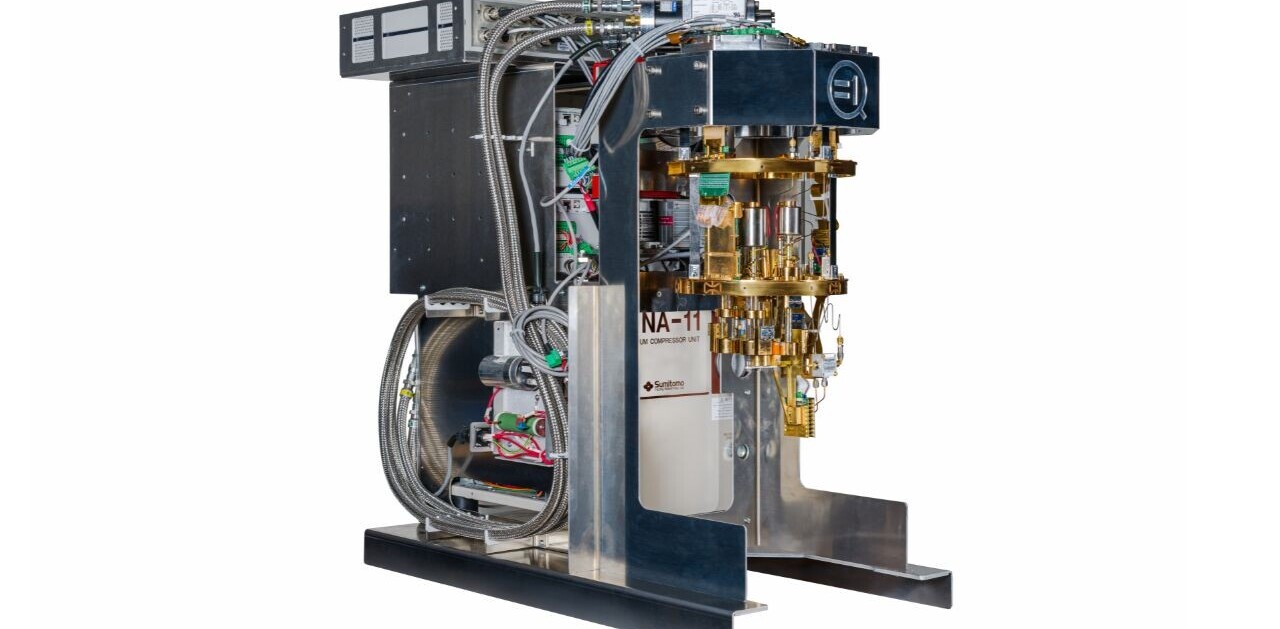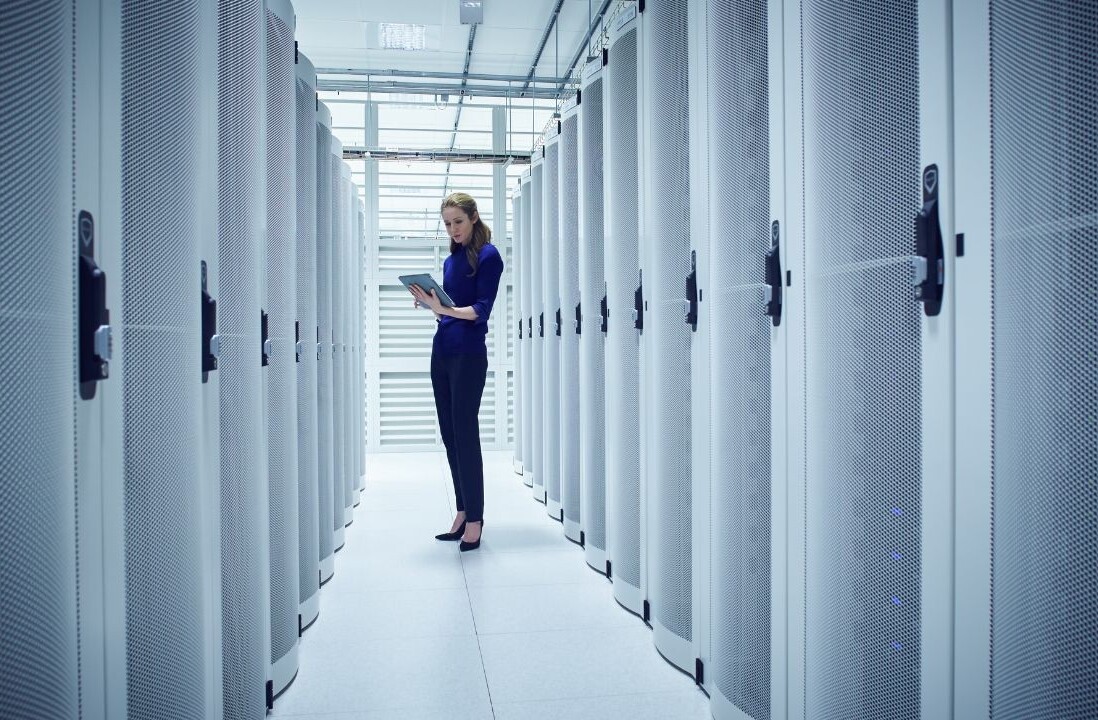So you’re interested in AI? Then join our online event, TNW2020, where you’ll hear how artificial intelligence is transforming industries and businesses.
There’s a difference between a shiny new thing and a thing that works. You just need to look at the annual Consumer Electronics Show (CES) in Las Vegas to see how much of the technology we create just doesn’t cut it and gets tossed into the wastebin of innovation because it doesn’t find a working business model.
Where does artificial intelligence stand? Recent advances in machine learning have surely created a lot of excitement — and fear — around artificial intelligence. Game-playing bots that outmatch human champions. A text-generating AI that writes articles in mere seconds. Medical imaging algorithms that detect cancer years in advance.
How much of these technological advances are actually making it to the mainstream? How much of it is unwarranted hype? How will AI affect jobs? How is machine learning changing the business model of companies?
In their book Prediction Machines: The Simple Economics of Artificial Intelligence, professors Ajay Agrawal, Joshua Gans, and Avi Goldfarb, answer these and many other questions and paint a very realistic picture of the how machine learning fits into today’s economy.
Prediction Machines provides a very accessible and high-level overview of machine learning and the power and limits of the predictions provided by AI algorithms. The book is a must-read for business leaders and executives. But it is also a very valuable study for engineers and scientists who want to understand the implications of their innovations and how the technology they create integrates into the greater economy.
The book contains plenty of detailed and useful information and examples of how machine learning is changing how we do things. Here are some of my key takeaways.
[Read:
The power of prediction machines
There are many misunderstandings about the meaning and difference of artificial intelligence, machine learning, and other related terms. There’s are also a lot of scientific discussions about AI’s advances toward human-level thinking and understanding and whether singularity is within reach or not.
But the authors of Prediction Machines break down the current state of AI to a very simple albeit unexciting concept: prediction. “The new wave of artificial intelligence does not actually bring us intelligence but instead a critical component of intelligence — prediction,” they write.
The predictive power of machine learning algorithms remains the core concept of the book and helps us understand its effect at various levels.

What is prediction? Again, the authors of Prediction Machine simplify: “Prediction is the process of filling in missing information. Prediction takes the information you have, often called ‘data,’ and uses it to generate information you don’t have.”
Even at the most advanced level, most machine learning algorithms are mathematical models that predict outcomes: Which class does an image belong to? What will be the value of a stock in the future? What is the probability that a loan applicant will default? What is the likely answer to a certain email?
As these predictions become more granular and precise, they can power applications that were previously impossible or extremely difficult, such as creating realistic photos of people who never existed or developing drugs for dangerous diseases.
Something you’ll hear a lot in the media is that machine learning and its popular subset, deep learning, have been around for decades. But why has the predictive power of machine learning become such a big deal today? Most experts will tell you the availability of data and more powerful and cheaper computing resources have enabled advances in deep learning in the past years.
The authors of Prediction Machines take these two premises a step further. “When the price of something falls, we use more of it. That’s simple economics and is happening right now with AI,” they write.
As they further explain in the book, this is a trend that has been constant in the history of computing and technology. Computers lowered the price of arithmetic. The internet reduced the cost of distribution, communication, and search. And machine learning has reduced the cost of prediction, something that previously required extensive human cognitive labor and expertise.
“Reducing something to pure cost terms has a way of cutting through hype, although it does not help make the latest and greatest technology seem exciting,” the authors of Prediction Machines write.
So as far as AI is concerned today, the authors write: “Computers still cannot think, so thought isn’t about to become cheap.” But prediction has become very cheap, which itself is a big deal.
How machine learning will change businesses
There are two key ways cheap predictions will change the way organizations work. “At low levels, a prediction machine can relieve humans of predictive tasks and so save on costs,” the authors of Prediction Machines write.
This means radiologists reviewing more x-ray slides with the help of artificial neural networks, helpdesk operators responding to more customer queries with natural language processing algorithms, and inventory management systems working more efficiently thanks to machine learning algorithms predicting when and how much to stock items.
“But at some point, a prediction machine may become so accurate and reliable that it changes how an organization does things,” the authors write.
Here’s an example: Amazon currently uses machine learning algorithms to make sales recommendations. For instance, when I search for Prediction Machines, the e-commerce giant’s platform uses clustering machine learning algorithms to show a list of other books that I might find interesting.
Hopefully (for Amazon), the recommendations will convince me to purchase not one but two books. And to be clear, Amazon’s recommendations are very decent. In fact, I often search old books on Amazon to discover new related titles.
But at some point, the predictions will become so precise that they will cause a major shift in the company’s business model. Right now, Amazon uses a shop-then-ship model. You make a purchase at amazon.com and the company does its best to deliver the purchase to your home as fast as possible.
A different business model is ship-then-shop: Amazon uses machine learning to predict what you need, and ships it to your home. If you need the items, you buy them, and if you don’t you return them at the company’s expense. This is a model that works only if the prediction accuracy passes a certain threshold that makes it profitable for Amazon.
Machine learning and the value of data

In academic circles, most AI research is focused on creating algorithms that can perform tasks on already-established datasets such as ImageNet, CLEVR, or SQUAD.
But in real-world applications, there are many other nuances when it comes to obtaining the right data for training and maintaining machine learning algorithms.
The authors of Prediction Machines have done a great job of demystifying the economics of handling data for machine learning algorithms. “Prediction machines rely on data. More and better data leads to better predictions. In economic terms, data is a key complement to prediction. It becomes more valuable as prediction becomes cheaper,” they write.
But they also underline that gathering quality data is costly and time-consuming, and running an AI company involves a trade-off between the benefit of more data and the cost of acquiring it.
Statisticians and machine learning practitioners know that data has decreasing returns to scale. As you train your machine learning algorithms on more data, accuracy improvements come at slower rates. The third data point provides more useful information than the hundredth, which in turn is more useful than the thousandth.
But things are different when you use machine learning to run a business, the authors remind us, because from the economic point of view, what matters is the value you get from the prediction. So if more data improves your machine learning algorithms enough to give you the edge over your competitors (think about the move from shopping-then-shipping to shipping-then-shopping), it might be worth the investment.
This is why we see tech giants such as Facebook and Google in an arms race to collect data that can enhance their AI algorithms.
Business leaders must also understand that per se, having a lot of data does not necessarily put you in the right position to develop powerful machine learning algorithms. Data is split into three categories: training, input, and feedback. You need all three to develop and maintain an efficient machine learning model for your business.
For instance, having a lot of historic sales records might constitute a good training dataset for a machine learning model that predicts sales figures. But to continuously improve your model’s performance, you also need the means to capture new data (input) and compare your fresh predictions with the actual customer behavior (feedback). This demands a business strategy in addition to technical ingenuity.
“Data and prediction machines are complements. Thus, procuring or developing an AI will be of limited value unless you have the data to feed it,” the authors write. “If that data resides with others, you need a strategy to get it. If the data resides with an exclusive or monopoly provider, then you may find yourself at risk of having that provider appropriate the entire value of your AI. If the data resides with competitors, there may be no strategy that would make it worthwhile to procure it from them. If the data resides with consumers, it can be exchanged in return for a better product or higher-quality service.”
The difference between prediction and judgment

Another one of the key themes discussed in Prediction Machines is where to draw the line between prediction and judgment, and where to divide labor between AI and humans.
“A prediction is not a decision. Making a decision requires applying judgment to a prediction and then acting,” the authors write.
And this, I think, is a crucial takeaway. It is important for every business leader to understand the potential of machine learning algorithms, but also acknowledge their shortcomings and where they need to rely on human intelligence and decision-making.
“As machine prediction increasingly replaces the predictions that humans make, the value of human prediction will decline. But a key point is that, while prediction is a key component of any decision, it is not the only component,” the authors of Prediction Machine write. “The other elements of a decision—judgment, data, and action—remain, for now, firmly in the realm of humans. They are complements to prediction, meaning they increase in value as prediction becomes cheap.”
Judgment is a complicated task, often requires commonsense and understanding of the world, two areas where machine learning algorithms currently struggle. In many cases, humans must judge and decide across multiple objectives that span across the short- and long-term. They must assess dynamic situations and evaluate tradeoffs. But in less complicated environments, judgment and decision-making can be automated through reward function engineering or the implementation of hard-coded rules. Those are areas where branches of AI such as reinforcement learning might be able to fully automate tasks.
Understanding the machine learning business model
If there’s one thing that Prediction Machines highlights, it is the fundamental differences and challenges of running AI businesses. Many companies and business leaders come with a background in classic software development and business. They’ll need to adapt to the rules that govern the development and maintenance of machine learning models, and manage the unique risks that come with it.
Those who adapt to the business of artificial intelligence are bound to reap the rewards. Those who don’t will be in for awful surprises.
This article was originally published by Ben Dickson on TechTalks, a publication that examines trends in technology, how they affect the way we live and do business, and the problems they solve. But we also discuss the evil side of technology, the darker implications of new tech and what we need to look out for. You can read the original article here.
Get the TNW newsletter
Get the most important tech news in your inbox each week.






